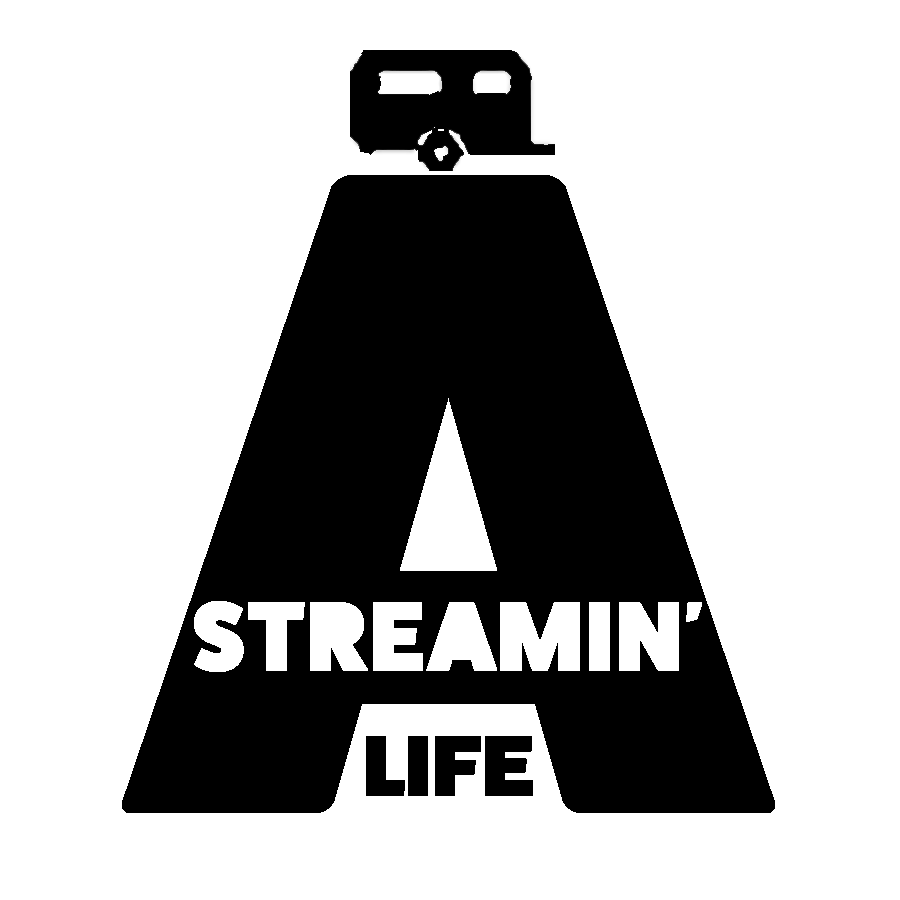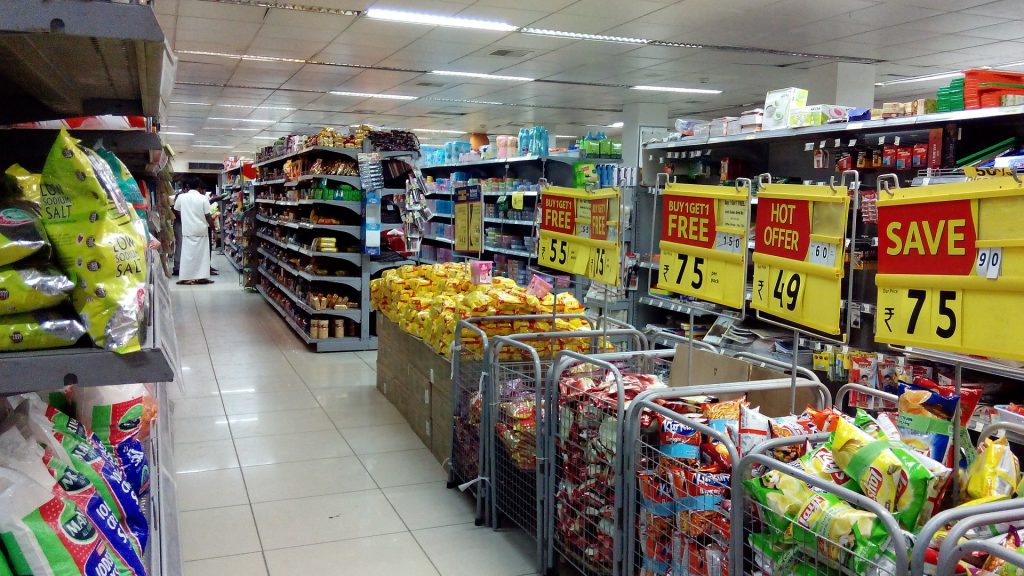How to SAVE Money on Groceries Each Month
We’re really good about keeping on budget… for most things. Our downfall is our Grocery Budget. It’s a reasonable $350 a month. Granted we eat a restricted diet because of me. We mostly only cook Vegan Gluten Free meals at home. But even still. I beat my head against the wall at the end of every month because we couldn’t stay on budget. That’s when I came up with this amazing and simple method to not only stick to our grocery budget but also SAVE money on groceries every month. It’s really a no brainer but it took me so long so I thought I would share with all of you.
Track every single grocery purchase.
Seriously, that’s it. I know it’s a pain. But do you know how much you spend on chicken? Milk? Lettuce? If you knew you spent $50 of your proposed $350 a month budget on only one thing would that horrify you? That’s 14%! How do you know if you don’t keep track of it?
Sure, we tracked all our spending and keep all our receipts, but I would just plug the whole total into our grocery column and be done with it. Not any more! Now I take the time (and really it’s only a few minutes) to enter each and everything we buy at the grocery store into a spreadsheet. I can tell you when the price of romaine at Costco goes up, because I know how much we spent on it last month. I can tell you how much we spend on avocados for our guacamole fix each week. I can even tell you how much we saved by bringing our own cloth bags to the grocery store.
Great! But how does this help you save money? It’s easy. Accountability. Now the trick here is that you need to update your spreadsheet or list of grocery items within a day of shopping. Otherwise your numbers will be out of date and you won’t know what you’ve spent so far this month. So here is how it works for me.
I have a spreadsheet like the one you see here where I list out grocery items in 5 categories: Fruits and Veggies, Meat & Cheese, Vegan “Meat”, Canned Goods, and Dry Goods. Now I go through my grocery receipt the day I get home from shopping and put the amount I spent for each item onto the appropriate line in the spreadsheet. $1.00 on Green Onions under Fruits and Veggies. $1.67 on tofu, under Vegan “Meat”. $3.99 for soy sauce under “Canned Goods”. If I have never bought an item before I pick which category it belongs in and make a new line for it. I like to keep everything alphabetical in each category to help me find things but it’s up to you.
| January | ||
| Fruits and Veggies | ||
| Avocados | ||
| Green Onions | 1.00 | |
| Canned Goods | 3.99 | |
| Soy Sauce | 3.99 |
Now if I have already bought avocados this month and I bought some more I add the new amount to the old one. So $2.19 from last week plus $0.99 this week equals $3.18 so far this month. I use excel to make this easy but good old pen and paper or a calculator work just as well.
Once I’ve entered everything on the receipt onto the appropriate line, I sum up how much I’ve spent in each category and then what my total grocery spending has been so far this month.
| January | |
| Fruits and Veggies | 4.19 |
| Canned Goods | 3.18 |
| TOTAL | 7.37 |
Ok, so now I know how much I’ve spent on groceries this month, and in what way. So before it would be the last weekend of the month and I would only have $10 to buy food. I would reason that it was probably bulk food buying that led to me being out of money and that it was okay to spend over budget as long as it was healthy. Well now I KNOW what I spent the money on this month. If it really was bulk food then I will use that bulk food for dinner that last week. It might be monotonous for a week but it teaches me I need to spread out and plan my meals better so that doesn’t happen. In the meantime if I actually spent my grocery budget on snacks and desserts well I’m out of luck. Looks like it’s time to raid the pantry. Ramen….yum.
This accounting also helps with my meal planning. If I see how much I spend on cabbage and then I’m throwing out cabbage during the week perhaps I need to plan my meals better to use it all. Otherwise I know it’s going to be spaghetti again at the end of the month.
Lastly this method helps with planning for the next month. If you know how much it costs to stock up on something and what percentage of your budget that is, then when you start running low you can factor that cost into what is going to be spent the next month, and meal plan around it. It takes some practice, and honestly I’m still getting the hang of it. But I now know I need to buy our bulk brown rice from Costco every other 3rd month and I know what that means for meal planning.
So, in summary, what this method does is
- Give you insight into what you are spending on and allows you resource to not rationalize going over budget.
- Help you to not waste food by seeing the money that is also wasted.
- Provide a planning tool for future month’s meal planning
I’ve learned the hard way that a budget doesn’t work if you don’t actually stick to it. Hopefully you can use what I’ve learned through tracking ALL my Grocery spending to help you stick to your Grocery budget and maybe like us even save some money!



You should check out some of the 99 Cents Only Stores in the area. Most of them are pretty nice. Discount stores like these get a bad rep sometimes, but I love these stores. It can be hit or miss some days, but I definitely stop by every time when in town. A few things I like buying from there: LED bulbs, home cleaning products, some fruits and veggies, sunscreen, name brand cereals, and bags of beef jerky.
Thanks for the suggestion BAMFmoney! I never think to go to dollar stores unless we’re buying candy for a movie 😉 Sunscreen and home cleaning products would be super useful! Next time we need either I’m going to check it out.
Very good suggestion! Think I’ll try that, not only for budgeting but also to help with meal-planning and better tracking of staple goods. Thank you for these tips!
Thanks Tracy! I hope it helps!